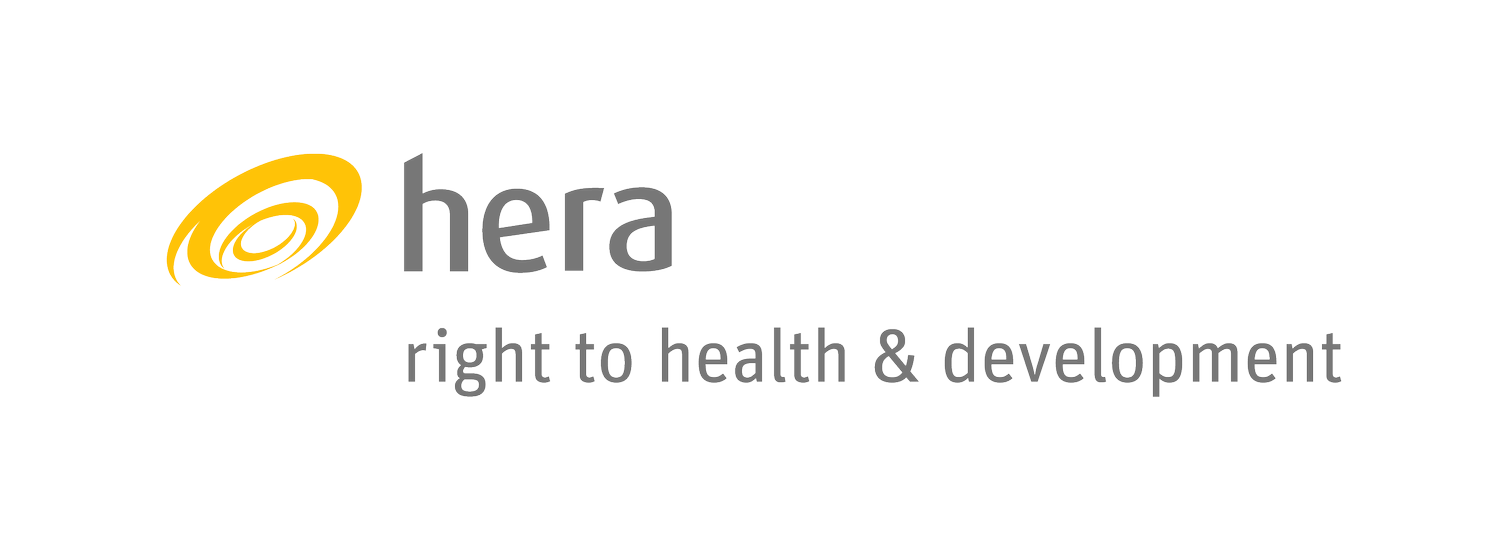Evaluating UNICEF’s L2 Emergency Response to the Drought Crisis in Southern Madagascar
Madagascar is grappling with a set of complex and concurrent humanitarian crises. Struggling with widespread poverty and the grip of hunger and drought. The island nation faced more challenges in 2022 when six cyclones made landfall, leaving behind widespread destruction and displacement.
A UNICEF response to the humanitarian crisis in southern Madagascar was initiated on 16th July 2021 with the declaration of an emergency response (Level 2) following severe food insecurity and increased cases of severe acute malnutrition. UNICEF's Level 2 (L2) emergency response was carried out in collaboration with the National Bureau of Risk and Disaster Management and focused on 10 districts in three priority regions in the South of Madagascar.
A hera team was selected to evaluate the L2 response with a dual objective of learning and accountability. The review occurred between January 2022 and May 2023. The evaluation team used both theory-based and participative approaches and involved diverse stakeholders at different levels throughout the process. Data was collected through literature review, interviews, focus group discussions, field visits, and an online survey. Children and young people were actively included in the evaluation process to gather their perspectives using methods like the smiley scale.
The evaluation team found that the response prioritised protection from sexual exploitation and abuse, and UNICEF demonstrated effective emergency preparedness and contingency planning aligned with inter-agency preparedness. UNICEF also continuously adapted its responses based on evidence and prioritisation. The nutrition response was central to the L2, resulting in a high number of admissions for children with severe acute malnutrition, with good treatment outcomes. The water, sanitation, and hygiene (WASH) response was multifaceted and exceeded its initial target, reaching over 1.1 million people with necessary water.
There were some challenges and uneven responses over time and geography. While UNICEF strengthened interventions in education, insufficient funding impacted the results. The social protection response focused on appropriate cash transfers but remained small-scale due to funding gaps. The child protection sector exceeded planned targets in psychosocial support and sensitisation against sexual exploitation and abuse but faced budget deficits.
The efficiency of the response programme was affected by funding shortfalls, which led to prioritising life-saving actions like nutrition and WASH. There were capacity shortages at the regional level, and some delays in recruitment impacted response timelines. The L2 response achieved good geographical coverage across districts, thanks to networks within the health system. However, coordination and alignment in the inter-agency response were challenging, making it difficult to cover some locations in a coordinated manner.
A key lesson learned was the recognition of the importance of understanding the realities within the community and actively involving those affected in the design of the response. To strengthen cash transfers, greater links between emergency and development cash transfers were recommended. UNICEF should also consider a gender, age, and disability-sensitive strategy for emergencies and enhance child protection interventions. Understanding specific climate risks, investing in climate resilience and adaptation, and evaluating climate and environmental risks were deemed essential. Strengthening humanitarian intervention capacities and involving NGO partners with significant capacity in crisis contexts were also recommended. Overall, the evaluation of UNICEF's response to the drought crisis offered insights for future humanitarian actions and strengthening UNICEF's capacity to address such crises in an inclusive and effective manner.
Contact us to learn more about this evaluation or to access the full report.

